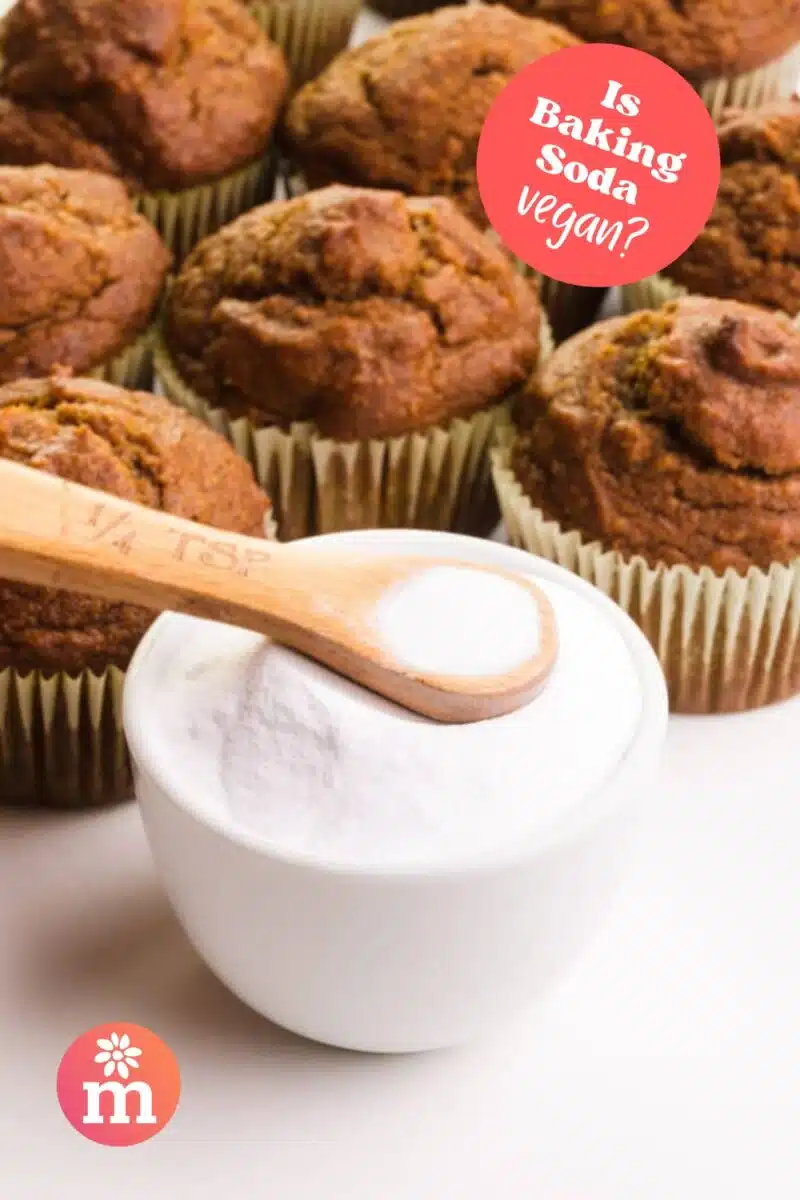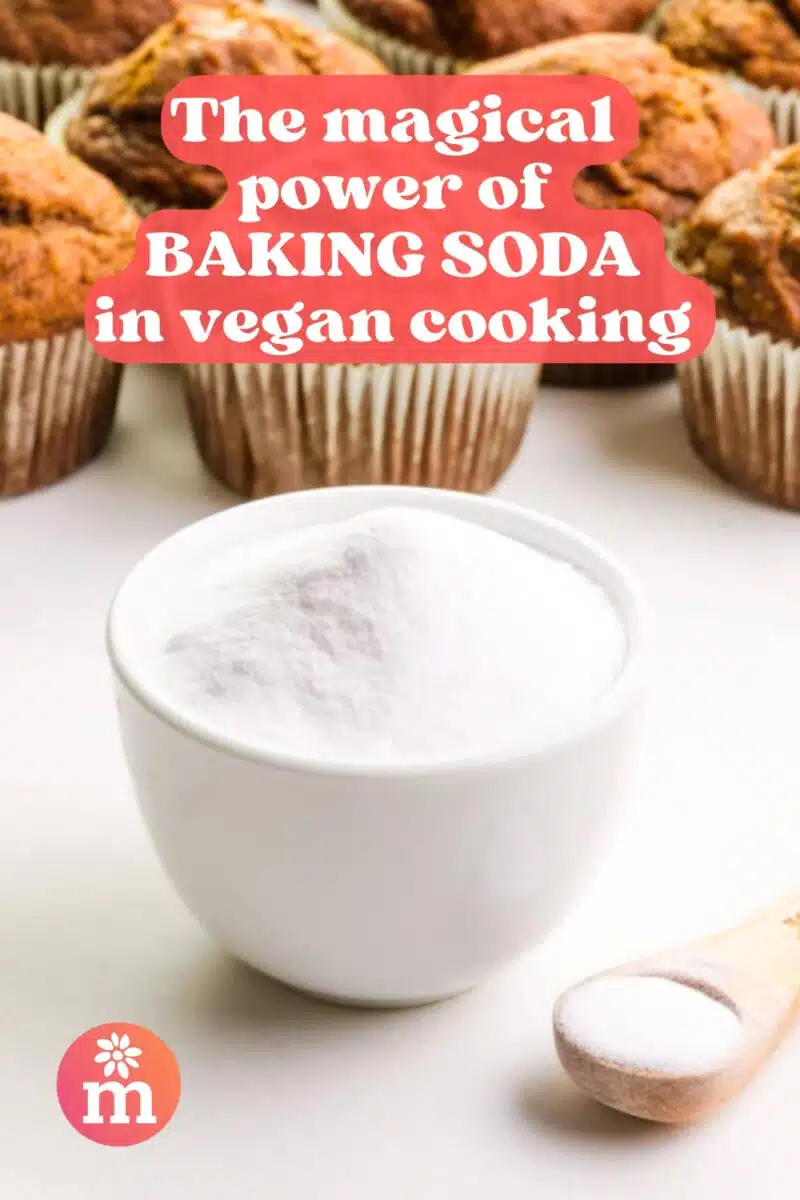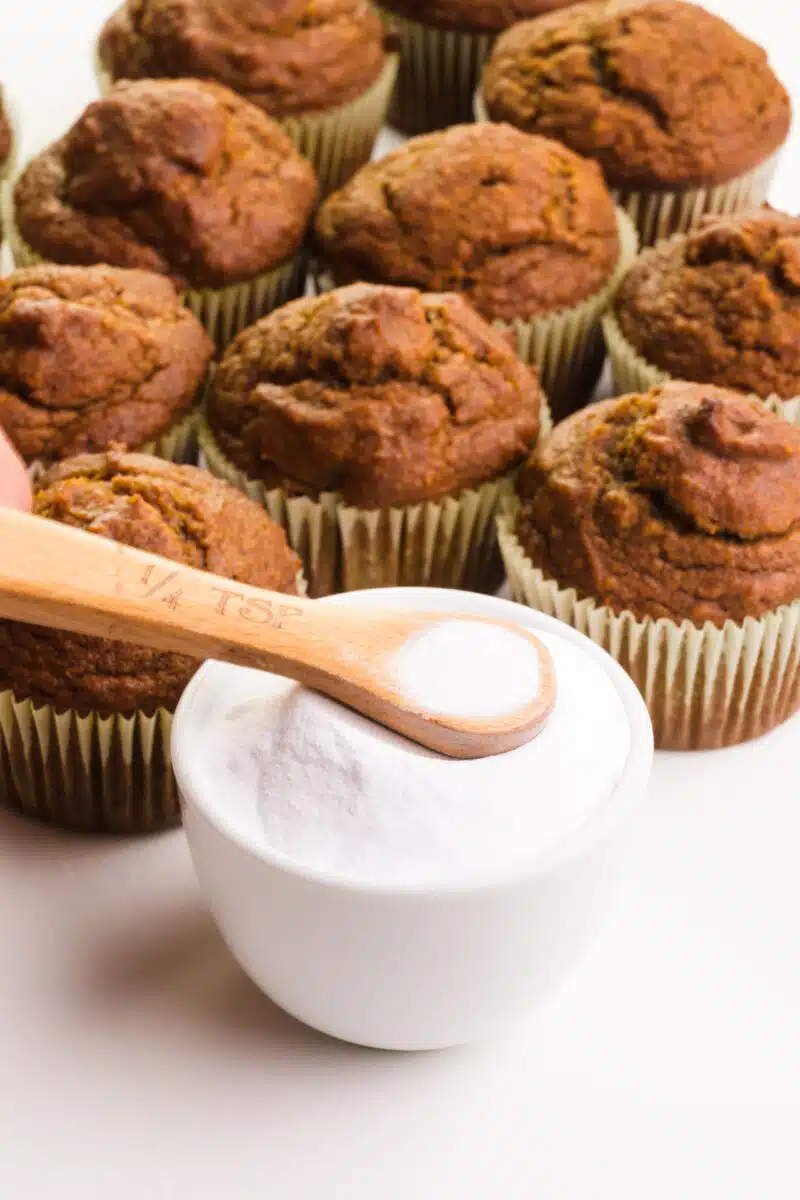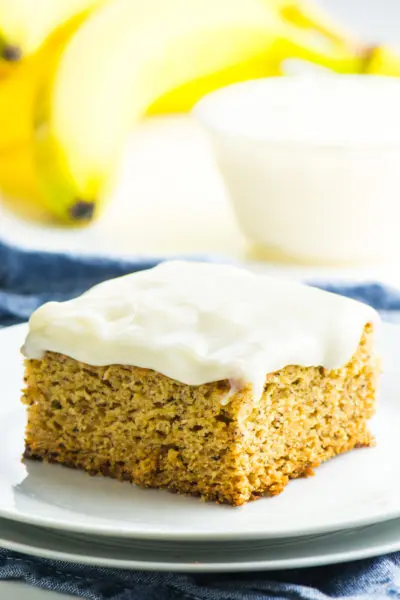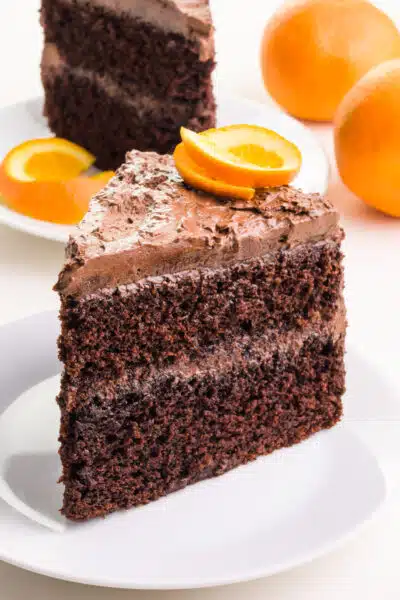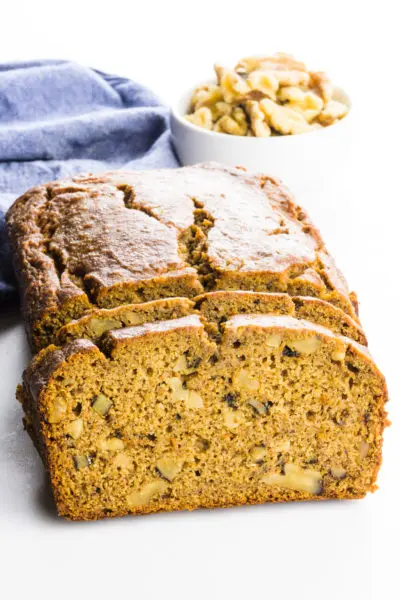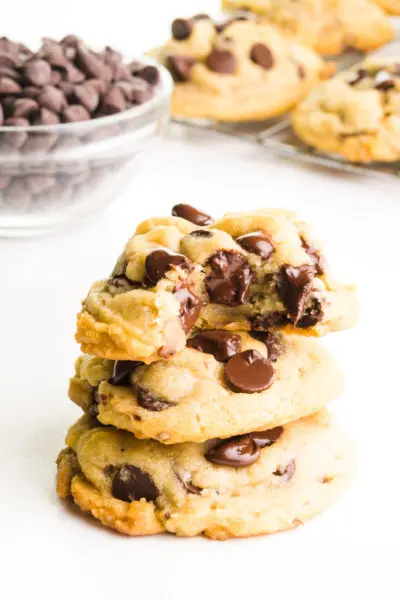Baking Soda in Vegan Cooking
Today, we’re diving deep into the heart of our kitchens to explore an essential ingredient – baking soda. You might be wondering, “Is baking soda vegan?” Well, let’s uncover the truth about this kitchen staple how to use baking soda in vegan cooking. I’m sure you’ll love how it fits into your plant-based lifestyle.
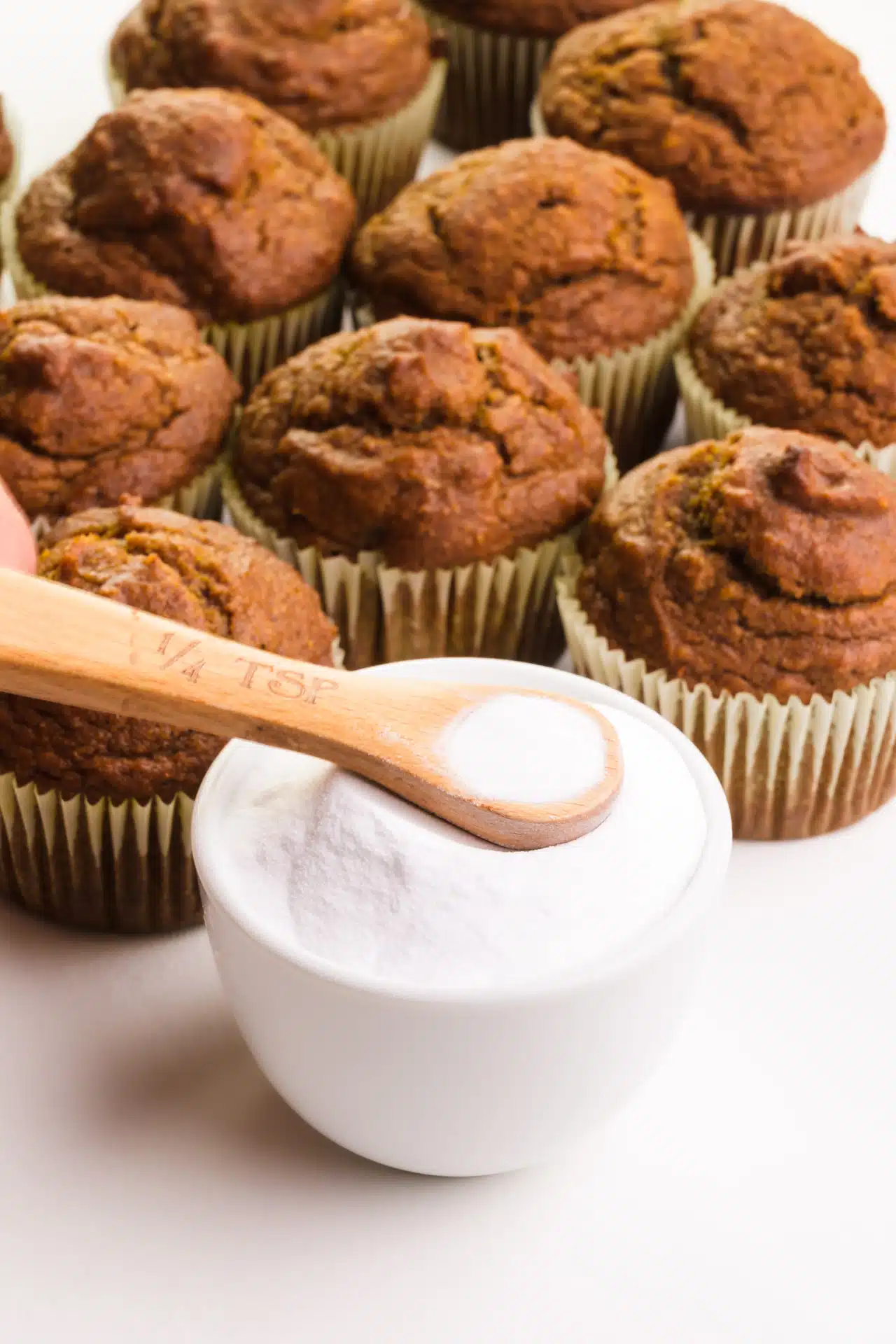
Baking soda often gets the spotlight for its ability to make our baked goods rise, creating those airy, delightful textures we all love.
But, there’s so much more to this humble white powder than meets the eye. Baking soda is a true kitchen magician, a versatile ingredient that goes beyond the realm of baking.
I think it’s fun and informative to discuss the countless ways baking soda plays a vital role in vegan cooking. From creating the perfect vegan pancakes to making the best bean dishes and even making homemade bath bombs, you’ll soon realize that baking soda is an indispensable tool in your plant-based kitchen arsenal.
Are you ready to dive in and unlock the secrets of this incredible kitchen companion? Here we go!
Baking Soda in Vegan Cooking
There are so many incredible ways you can incorporate baking soda into your vegan recipes. Whether you’re baking, cooking, or even experimenting with homemade vegan goodies, baking soda has a role to play.
1. Fluffy Pancakes and Waffles
Baking soda is your secret weapon for creating those light and airy vegan pancakes and fluffy vegan blueberry waffles. Combine it with an acid like apple cider vinegar or lemon juice to make your breakfast treats rise to perfection.
2. Baking with Excellence
Of course, baking soda shines in traditional baking. It’s a leavening agent, essential for making vegan cakes, cookies, and muffins rise. Whether you’re whipping up a time-tested vegan chocolate cake or some scrumptious vegan blueberry scones, baking soda is your go-to buddy.
3. Vegan Buttermilk Substitute
Creating a buttermilk substitute is a breeze with baking soda. Just mix it with plant-based milk and a touch of acid, like lemon juice or apple cider vinegar, to achieve that creamy, tangy buttermilk flavor. Baking soda can help neutralize any sour taste. You can use up to 1/4 teaspoon of soda for 1 cup of vegan buttermilk.
4. Perfecting Beans and Legumes
If you love cooking with dried beans and legumes, baking soda can be your best friend. It helps soften them during the cooking process, reducing the time and energy required to prepare dishes like plant-based sweet potato chili or bean soups. I usually add around 1 teaspoon of baking soda to a bag of dried beans and water.
5. Vegan Cheese-Making
Vegan cheese lovers, rejoice! You can add a pinch of baking soda to mozzarella cheese to help it brown better when it bakes. A little bit goes a long way, but you can experiment with it in your cheese-making adventures.
6. Crispy Roasted Potatoes
For those deliciously crispy roasted potatoes, add 1/2 teaspoon of baking soda and some salt to the water when you’re pre-boiling chopped potatoes before roasting them. Then pat the cooked potatoes dry, drizzle with vegetable oil, transfer to a baking pan, and bake them until crispy. Baking soda helps break down the starches in the exterior of the potato chunks, creating lots of opportunities for crispiness.
7. Fast Caramelized Onions
You can use baking soda to help caramelize onions more quickly. It’s a handy trick to speed up the caramelization process. Don’t overdo it, because too much baking soda can produce a tangy taste. However, when used properly, baking soda is perfect when you’re in a hurry or looking to achieve that deep, sweet onion flavor more quickly in your vegan dishes. Add a pinch of baking soda for every 2 to 3 sliced onions.
8. Homemade Vegan Pretzels
Who can resist the warm, soft pretzels? Baking soda plays a crucial role in achieving that beautiful brown crust and distinctive flavor. Create your own vegan pretzels and pair them with your favorite dips, such as this plant-based French Onion Dip, or sprinkle some Vegan Ranch Seasoning over your freshly baked pretzels.
Baking Soda Uses in the Household
1. Natural Odor Eliminator
Baking soda is not just for the kitchen; it’s also a fantastic household odor eliminator. Keep an open container in your fridge or pantry to absorb any unwanted scents. It creates a more natural scent than air fresheners or candles.
2. Vegan Bath Bombs
Baking soda is also a key ingredient in making your own vegan bath bombs. So, after whipping up some delectable vegan goodies, treat yourself to a relaxing bath with your DIY bath bomb.
3. Stain Remover
Got a stain on your favorite top? Baking soda can help remove it. Create a paste with baking soda and water, gently rub it on the stain, and wash as usual.
Baking soda is indeed a powerhouse ingredient in vegan cooking. Its versatility goes far beyond the oven, making it an essential item in your plant-based pantry.
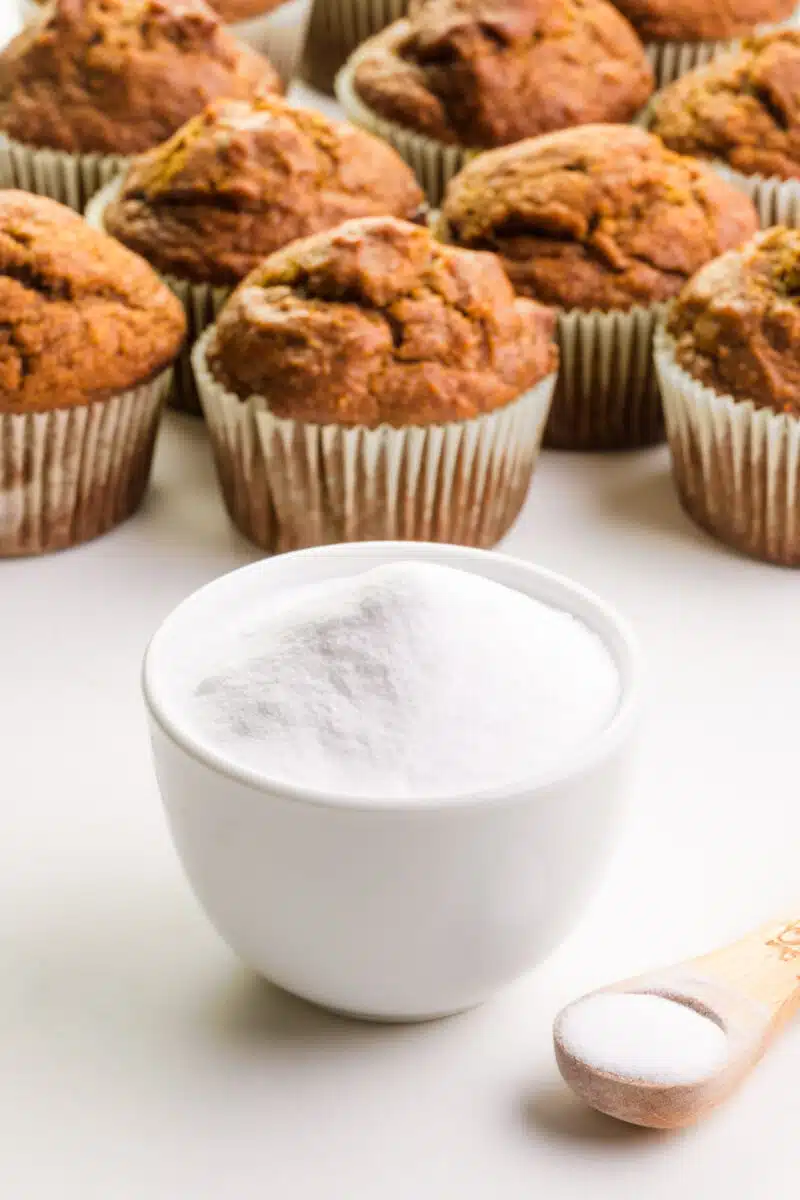
Is Baking Soda Vegan?
To put your mind at ease right from the start, baking soda is indeed a vegan-friendly ingredient. It’s a pure chemical compound called sodium bicarbonate, and it doesn’t contain any animal-derived components.
The Origins of Baking Soda
Baking soda has been a kitchen companion for centuries, serving various culinary and household purposes. It’s extracted from natural mineral deposits, primarily trona ore or nahcolite. These minerals are mined, refined, and processed to create the white, powdery substance you keep in your pantry.
Versatile Uses of Baking Soda
Now that we’ve confirmed that baking soda is vegan, let’s talk about the myriad ways you can use it in your plant-based kitchen:
- Leavening Agent: Baking soda is a leavening agent that creates those fluffy, airy textures in your vegan baked goods. It’s the magic behind your fluffy pancakes and delicious cakes.
- Acid Neutralizer: Baking soda can neutralize acidity, which is especially handy when you’re making tomato sauce. You can add a pinch of baking soda to any sauce that’s overly tart to make it less acidic.
- Cleaning Agent: Baking soda isn’t just for cooking; it’s a fantastic natural cleaner for your home. Use it to scrub surfaces and eliminate odors.
- Deodorizer: Keep your fridge, pantry, or shoes smelling fresh by placing an open container of baking soda inside.
- Personal Care: Baking soda can be part of your beauty routine too. It’s a great natural toothpaste and can be used as a gentle exfoliant.
Baking Soda as a Browning Agent
Baking soda helps cookies (and other baked items) achieve that desirable golden brown color for a couple of reasons:
- Alkaline Environment: Baking soda is alkaline, and when it’s used in recipes that contain acidic ingredients (such as brown sugar or molasses), it reacts with those acids. This reaction creates carbon dioxide gas, which contributes to the leavening effect and the cookies’ rise.
- Maillard Reaction: The Maillard reaction is a complex chemical process that occurs when certain amino acids and reducing sugars react under heat. This reaction is responsible for the browning and development of complex flavors in baked goods. Baking soda, by influencing the pH of the dough or batter, can enhance the Maillard reaction, contributing to browning.
So, when you use baking soda in cookie recipes that contain acidic ingredients, it not only helps with leavening but also contributes to that lovely golden brown color and the rich flavor you associate with well-baked cookies.
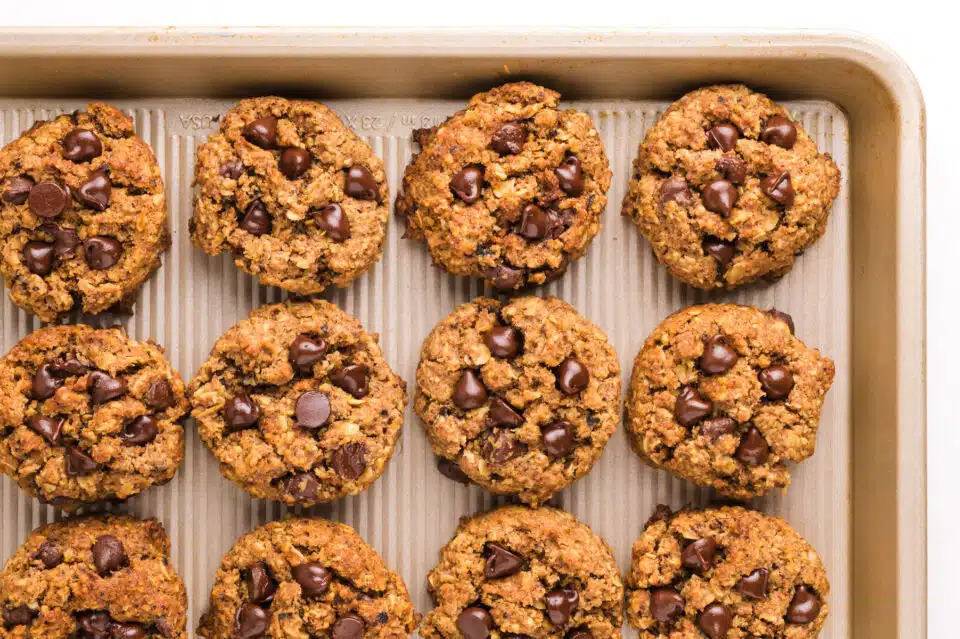
Tips for Using Baking Soda in Plant-Based Recipes
- Measure Accurately: Baking soda is potent, so use it in the right quantities as specified in your recipes. Too much can lead to a tangy and/or metallic taste.
- Combine with an Acid: Baking soda works best when combined with an acid, like lemon juice, vinegar, plant-based buttermilk, or non-dairy yogurt. This creates the chemical reaction needed for leavening.
- Don’t Let It Sit: Once mixed with an acid, bake your recipe right away to maximize its leavening effect.
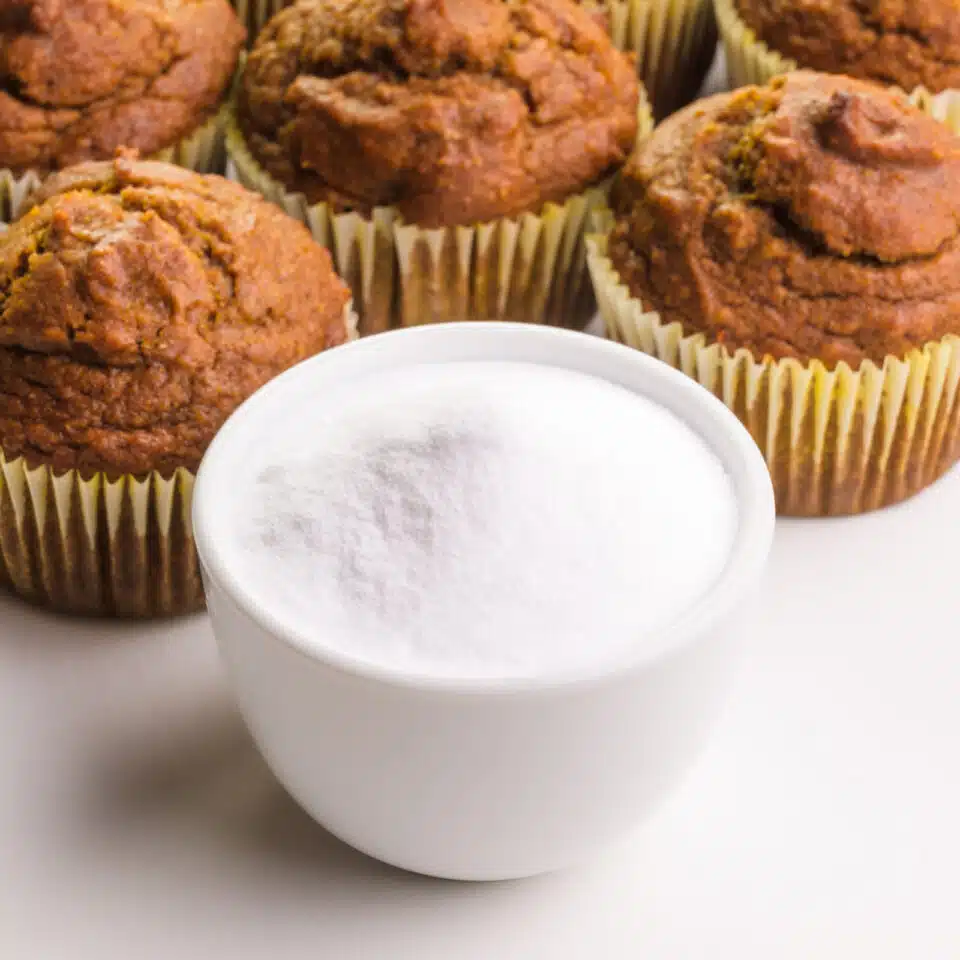
Frequently-Asked Questions
Baking powder can replace baking soda in cookies, but adjust the quantity. For 1 teaspoon of baking soda, use 3 teaspoons of baking powder. You can also use potassium bicarbonate for a sodium-free option.
Is baking soda bicarb soda?
Yes, baking soda and bicarbonate of soda are the same thing. Depending on the part of the world you’re from, you may call it bicarb soda. They’re often used interchangeably in recipes and share the chemical name sodium bicarbonate.
Does Baking Soda Go Bad?
Baking soda has a long shelf life and doesn’t go bad, but it can lose its potency over time.
Using less potent baking soda in baking can have several ramifications:
- Reduced Leavening: Baking soda’s primary role in baking is to leaven or lift the batter or dough. If it’s less potent, your baked goods may not rise as much, resulting in denser and less airy textures.
- Altered Flavor: Baking soda contributes to the flavor of baked goods. If you use less, your treats might taste less balanced and slightly acidic, as baking soda helps neutralize acidity.
- Texture Changes: With less leavening power, you might experience textural changes. Baked goods can become tougher or more compact, affecting their overall quality.
- Color Differences: Baking soda can influence the color of your baked items, especially in recipes that rely on its chemical reaction for browning. Using less might result in paler baked goods.
- Potential Failures: In some recipes, using insufficient baking soda can lead to outright baking failures. For example, your cookies might not spread correctly or your cakes may not rise adequately.
To avoid these pitfalls, it’s essential to ensure that your baking soda is fresh and potent when using it in recipes. You can test its potency by mixing a small amount with vinegar or lemon juice; if it fizzes vigorously, it’s active and ready to use.
Testing Baking Soda
Is your baking soda potent? Here is the best way to test it:
- Measure out a teaspoon of baking soda.
- Add a small bit of vinegar.
- If the baking soda fizzes, it’s good to use.
- If it does NOT fizz? Don’t use it for baking, but it can still be effective as a cleaning agent.
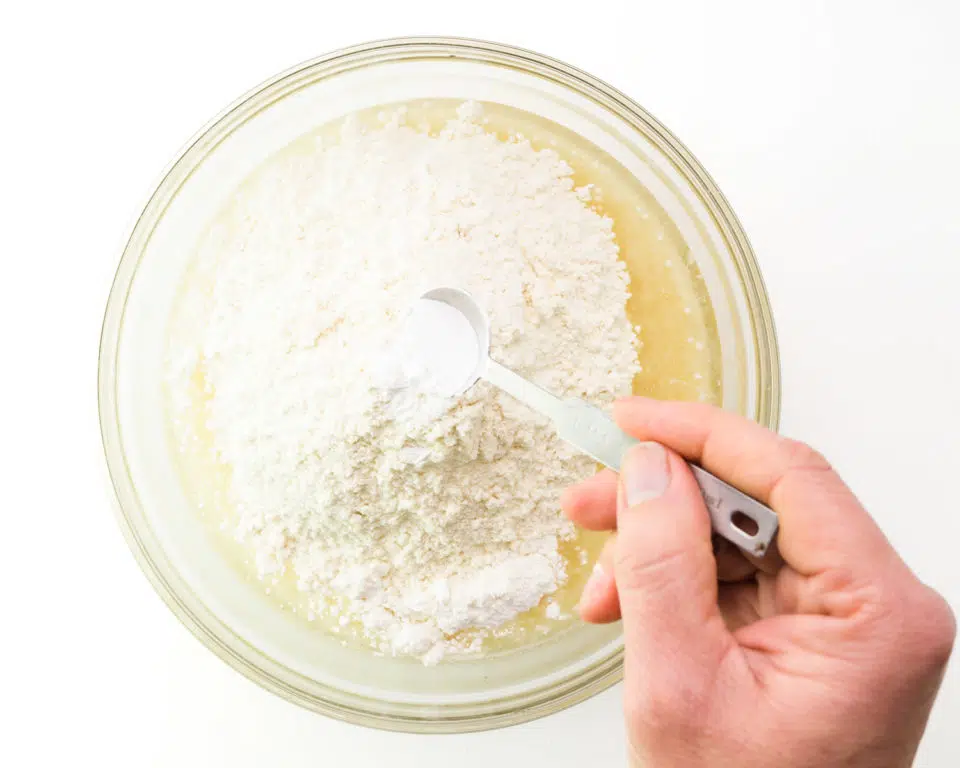
Vegan Recipes Using Baking Soda
If you want to try your hand at more vegan recipes using baking soda, here are some of our favorites:
Conclusion
In the world of veganism, baking soda is a trustworthy ally that aligns perfectly with your plant-based lifestyle. It’s versatile, accessible, and affordable.
So, go ahead and explore the countless recipes you can create with this magical powder. From scrumptious cakes to effective cleaning solutions, baking soda is a must-have in every vegan’s kitchen.
